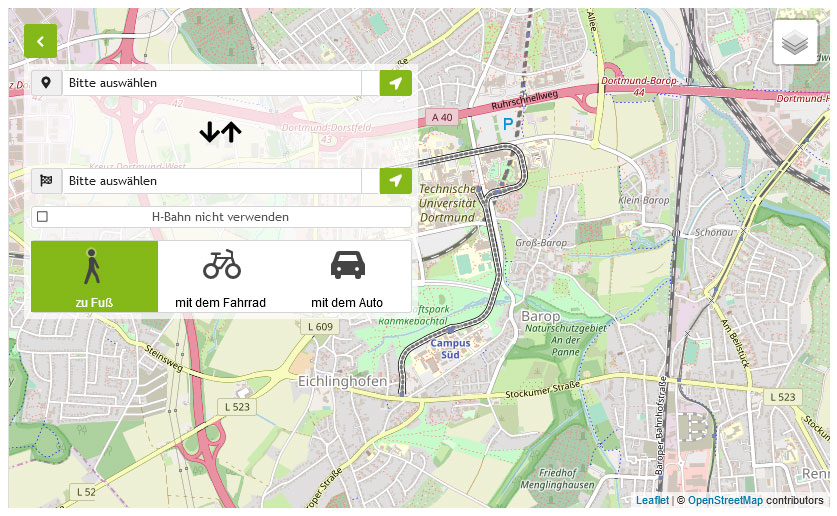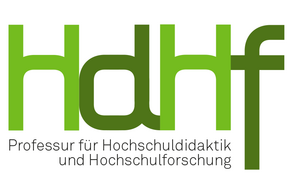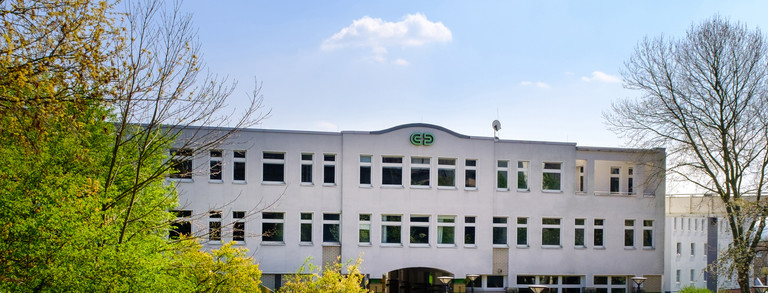Prof. Dr. Rosemary Deem
(Royal Holloway, Universität London, UK)
(Why) Should We Value Teaching in Research-intensive Universities?
Reflections on academic work, initiatives on teaching, leadership of teaching and teaching excellence frameworks
Vortrag in englischer Sprache
The presentation will explore some of the challenges arising from the struggle to place a significant value on teaching in those higher education institutions where research is the most valued and most desired aspect of academic work and teaching just an activity that pays the bills. There have been sustained debates about the relationships and links (or their absence) between teaching and research, including how to strengthen such connections and the possible research/teaching synergies but the outcomes of these debates, though adding to the higher education literature, have failed to have much effect on the status of teaching-versus-research in research-intensive universities. Many of the strategies adopted by those responsible for leading teaching and learning in research-intensive universities to increase the status of teaching in such institutions have had little effect on the majority of research-oriented academics, who disregard, undermine or even have disdain for such measures and those who are motivated by them. It is not always evident how this resistance or indifference may be overcome, though teacher training and Continuing Professional Development, local and national excellence initiatives, student-initiated prizes and promotion incentives based on teaching for all academics are some common ways forward. However the fundamental challenge remains: until or if we recruit and work with academics who have an equal love of teaching and research, the challenges of developing academic cultures where the status of teaching is as high as that of research remain in place.
Rosemary Deem is currently Vice Principal (Education), Dean of the Doctoral School and Professor of Higher Education Management at Royal Holloway, University of London, UK. In 2013, she was appointed OBE in the Queen's Birthday Honours list for services to higher education and social sciences and in July 2014, she was awarded an honorary Doctor of Letters by the University of Leicester for her academic contribution to the sociology of education. In September 2014, she was elected as incoming Chair of the UK Council for Graduate Education, the first woman ever to hold this position. Her research interests include higher education policy, leadership, governance and management, public service modernization, research excellence evaluations and initiatives, inequality and diversity (particularly gender) in educational and other organizational settings, doctoral education and training, research and teaching relationships and the purposes of higher education.
Dienstag, 29. November 2016, 10:00–11:30 Uhr | Vogelpothsweg 78 (CDI-Gebäude), Raum 114
Zentrum für HochschulBildung (zhb)
Professur für Hochschuldidaktik und Hochschulforschung





